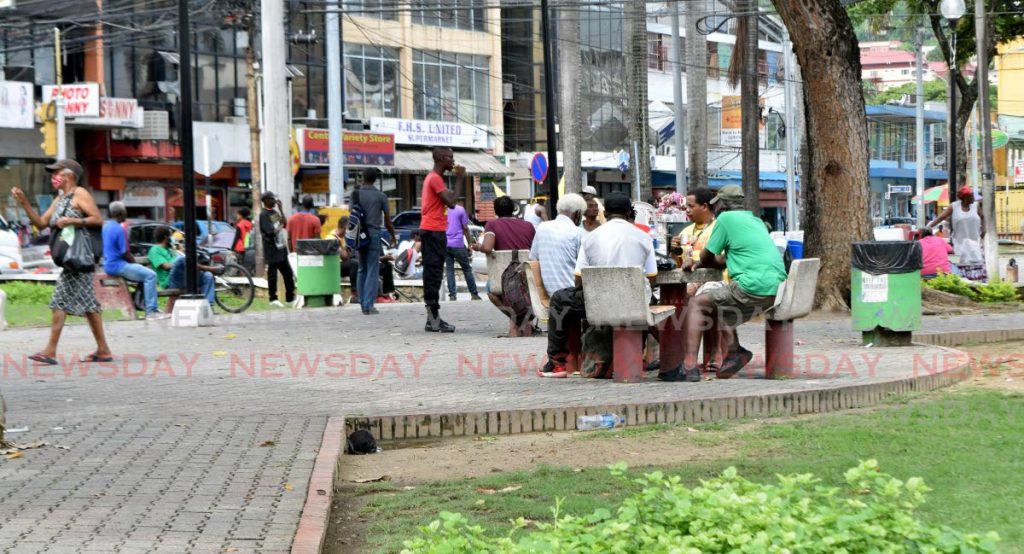CMO: covid19 spreading in clusters

Chief Medical Officer Dr Roshan Parasram says TT does not fall into the WHO country classification of "community spread." Instead it is in the transmission classification of "cluster."
At the Ministry of Health virtual press conference on Saturday he explained that the WHO (World Health Organization) had four levels of classifications for covid19 – no spread, sporadic, cluster, and community spread.
He said at the moment TT was in the cluster classification, which was “conglomerations of local cases or imported cases coming together in a specific geographic location and/or that are linked to each other.”
He explained that community spread meant “extremely widespread (cases) throughout the entire country, meaning that you can go to any locality in the country and possibly be at the same risk of developing covid.
" That’s not the case at this point.”
Parasram said the ministry continued to make recommendations on covid19 restrictions as needed, but the primary goal was to get people to take personal responsibility for their behaviour by following the public health guidelines.
“We can’t be punitive every time we hear a few cases come up here, there and everywhere, and close everything in society. It has to be measured...but we are trying to create a behaviour change in the population. Without the behaviour change, even if we roll back, there will be cluster and there will be continued spread."
Asked about some businessmen’s concerns over fraudulent calls purportedly from health officials, claiming they had to close their businesses because of a possible covid19 contact, he said if there was some doubt, County Medical Officer of Health (CMOH) offices could be called for confirmation.
There were nine CMOHs in Trinidad and one in Tobago, he said, and they did contact tracing. In most cases this was done by phone but public health inspectors, doctors and nurses sometimes make physical visits.
He added that protocols for contact tracing were very detailed and depended on the level of exposure. For example, primary contacts were those who had more than 15 minutes of exposure to and less than three feet away from a known case, with neither wearing a mask. They were usually asked to home-quarantine.
Secondary contacts had exposure to a primary case. However, once a primary contact was negative, the risk was very low and the secondary contact was often allowed to go about their business, but had to follow health guidelines. They also had to monitor themselves for 14 days and contact a CMOH office if symptoms occurred so they could be swabbed.
Also at the press conference, Dr Saed Rahaman, director, veterinary public health, business continuity during covid19, said many citizens seeking exemptions to return to TT had pets, or animals with which they worked, and applied for the animals as well.
But he said the current quarantine sites did not allow for pets and the Ministry of Agriculture did not have a separate facility for animals.
So, he said, “Currently we have suspended the granting of import permits and licencing for pet and companion animals to accompany these individuals back home.”


Comments
"CMO: covid19 spreading in clusters"